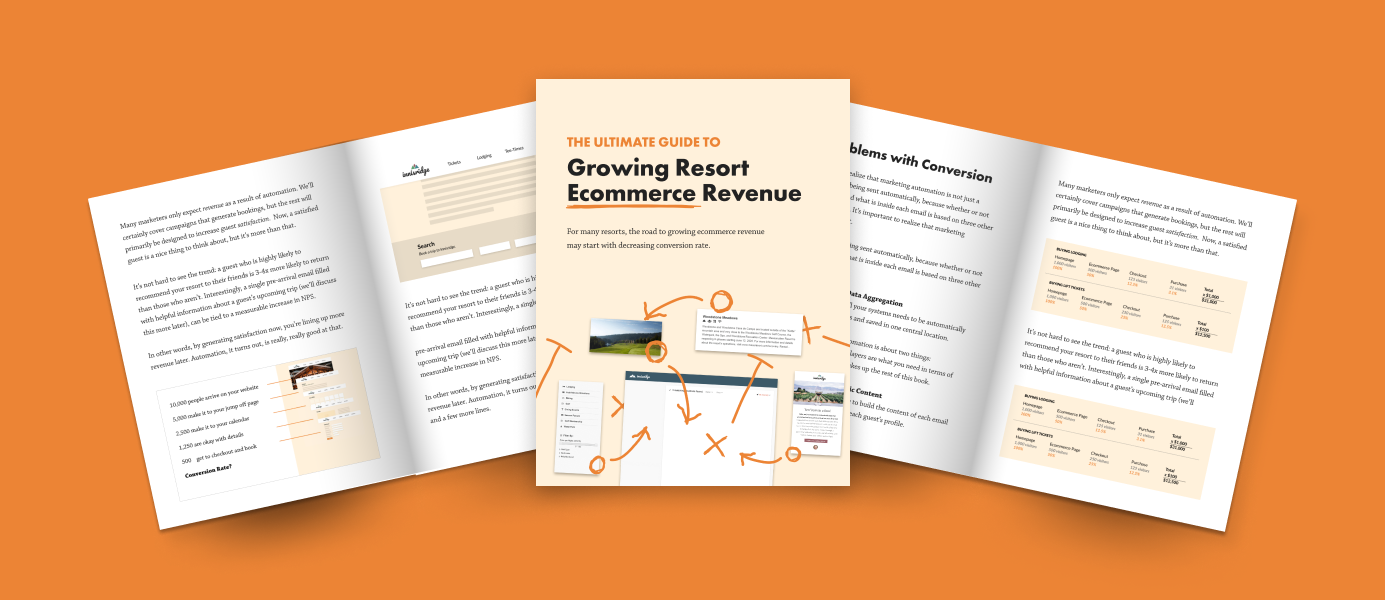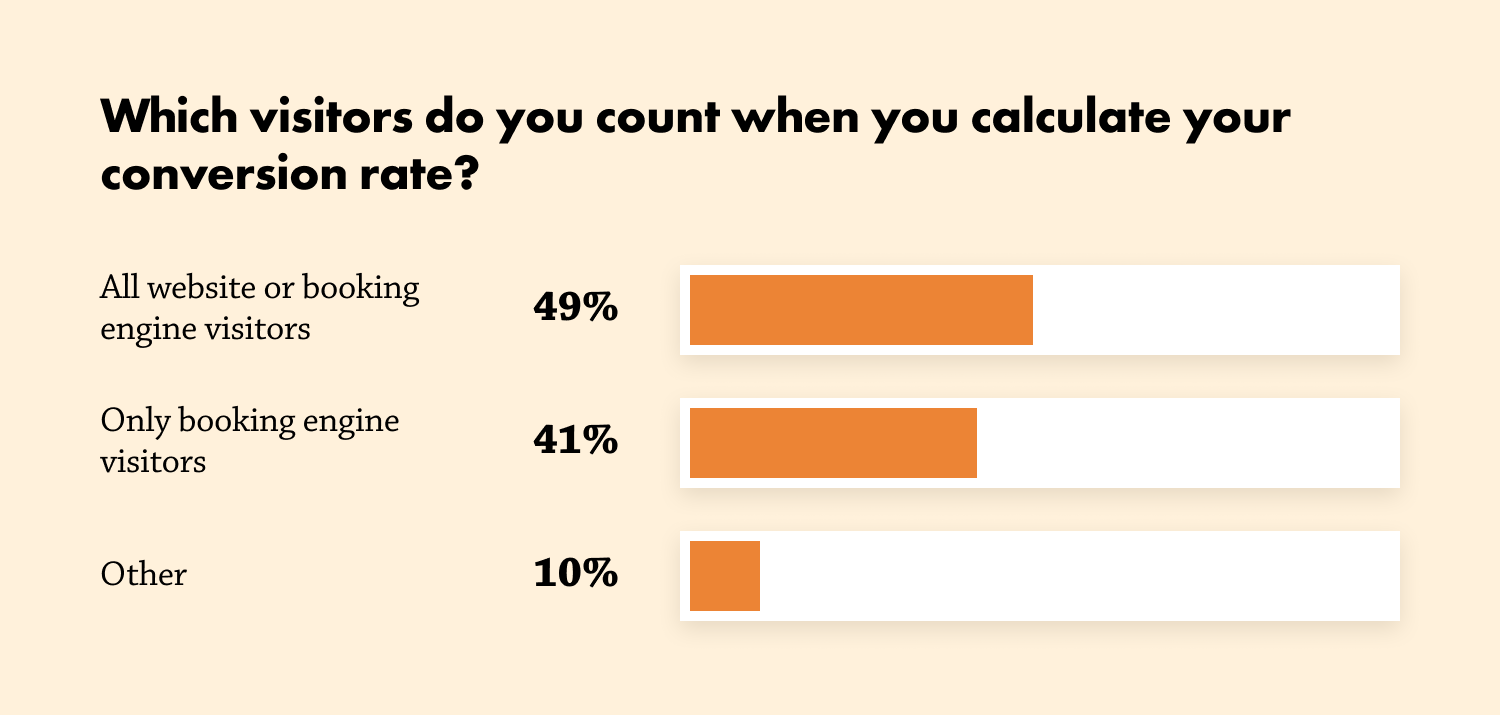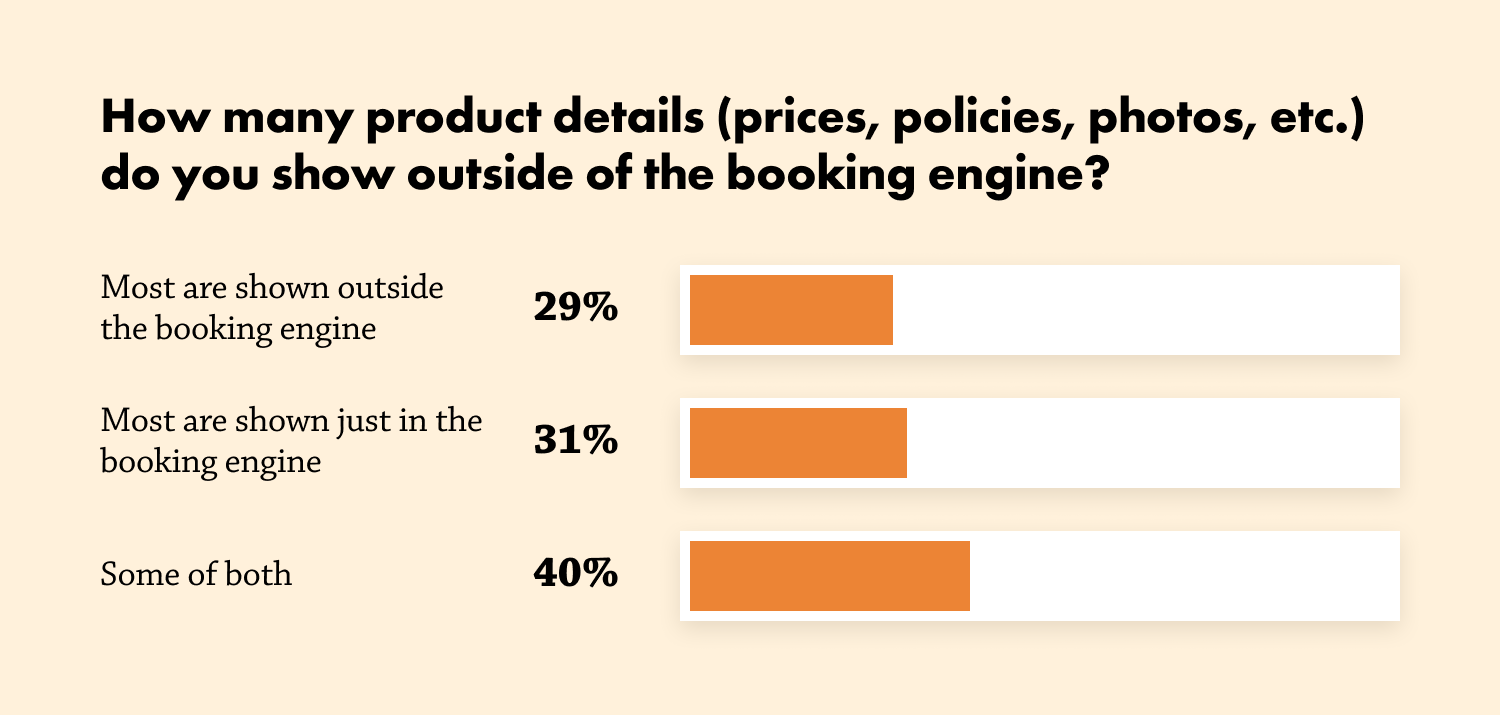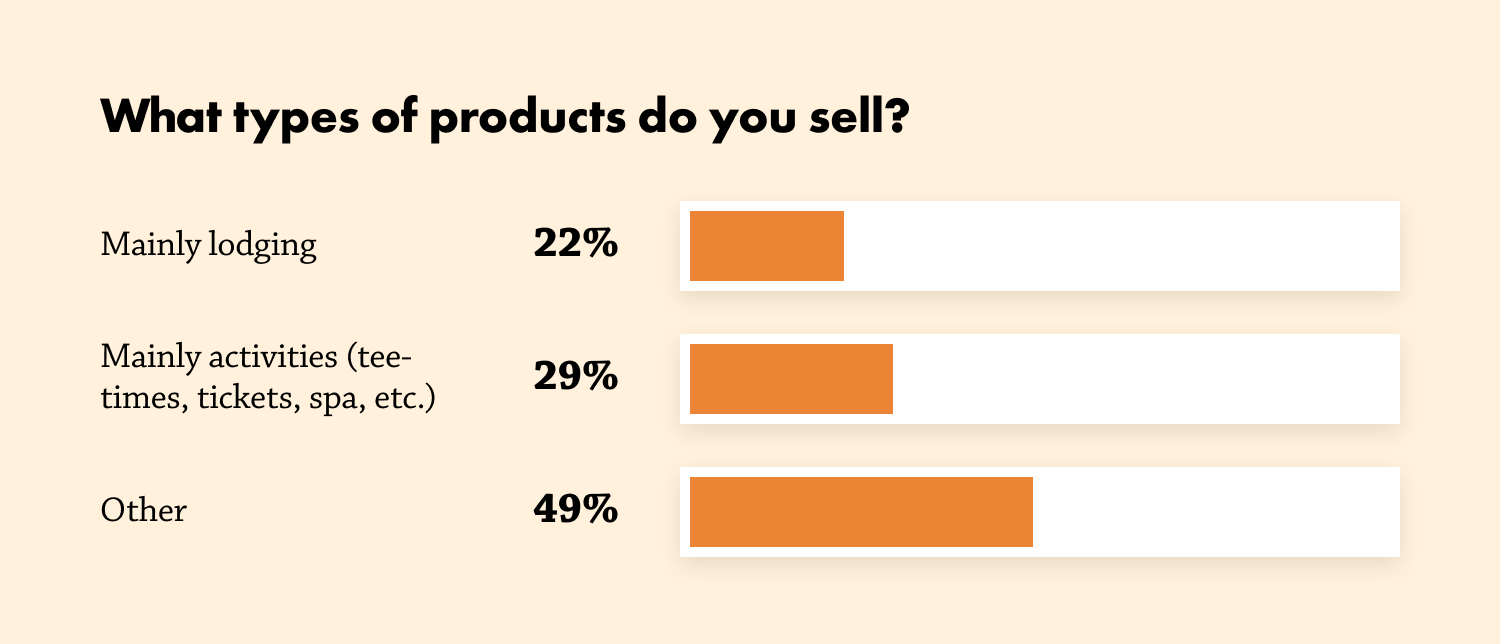
Tips

This is an excerpt from our upcoming book, The Ultimate Guide to Growing Resort Ecommerce Revenue. Click here to download a preview→
I arrived at the starting line 5 minutes late. Whether it was a simple misunderstanding or sabotage by the friend who had challenged me to join him in this Independence Day 10k race, the world may never know. But this belated start had an upside. Instead of getting passed for the first few miles, I spent that stretch passing people. First I blew right by the folks who had already started walking. Then I flew by the runners who had started too fast and had already slowed to a jog. Next I overtook runners who clearly weren’t as fit as I was. And to think, I had hardly trained for this race!
With every person I passed, my confidence swelled. I was sure I had a personal best as I caught sight of the finish line. Perhaps even a spot on the podium in my division.
Instead, I finished in 1,456th place with a time that was 5 minutes behind my best.
This story of my not-so-illustrious running career is a surprisingly good representation of the issues many of us face when we put too much weight on conversion rate. Desperate for context, we compare ourselves to benchmarks, to case studies, to virtually anything that will tell them how well we are, or aren’t, doing. Along the way, we end up comparing ourselves to data points that are meaningless at best and misleading at worst. We cross our ecommerce finish lines with hands raised, blissfully unaware we’re actually at the back of the pack.
The reason for this is fairly simple; the quest to compare conversion rates – especially in the resort and travel industry – comes with three inherent challenges.
The first comes down to how other marketers and revenue managers measure conversion rate. We all know the formula – transactions divided by visitors – but which visitors do you count? Hotels and resorts are unique in that their booking engine is often completely separate from their marketing website. And people clearly come for other information before or after they book. Do you count anyone who enters your website? Or just those who make it to your booking engine? Both?
I recently gave a talk about this at our annual user group. During the session we polled the audience about what they use as a denominator in this formula. Half said all visitors, 40% said only booking engine visitors, and 10% said they used another approach.

This lack of consensus has massive implications in the context of comparison. You and your competitor might both get 10,000 visitors to your websites each month and see 250 bookings. Your conversion rate is 2.5%, right? But what if your competitor only measures conversion based on the 2,500 visitors that make it to their booking engine? Suddenly, their conversion rate appears to be 10%; 4x higher than yours. If they proudly drop that stat during a panel discussion at a conference, you’ll be worried you’re at the back of the pack when, in reality, you’re right on pace.
We’ll talk much more about friction during the booking process later in this book, but there are some things all visitors must know in order to make a booking. As a result, certain things will end up being the one that makes or breaks their decision to book. This would include information like:
If you place all of these on your marketing website but measure conversion based just on booking engine visitors, these deal breakers will mean that people drop from your website before they make it to your booking engine. The result? Your denominator in your conversion rate formula will decrease and your conversion rate will go up, even though the number of transactions generated by that traffic remains unchanged.
Interestingly, just like there are many ways people measure conversion, there are inconsistencies in where and when resorts and hotels place this information based on another survey we conducted during that same session. In this case, about a third of resorts showed entails before the booking engine, another third showed policies just in the booking engine, and the rest had some combination of the two.

The reason you’re reading this is likely because you’re not just offering someone a generic bed between here and there, you’re part of an experience. Yes, people book rooms, but they also book tee-times and lift tickets and spa appointments and rentals and tours and dozens of other things. We’ll dig into this more in the next chapter, but it’s important to realize that the conversion rate of these products will vary. Tee-times will convert better than hotel rooms. One room type will convert better than another room type. Discounted lift tickets will convert better than window rate tickets.
Every resort, hotel, or destination sells a different mix of products to their guests. And, so, the definition of a “good” conversion rate is going to be wildly different depending on the unique combination of experiences that you offer. During our user group, we asked attendees to submit one last bit of insight around this point. About 22% sold just lodging, 29% sold mainly activities, with 49% sold some combination of both.

Mix these three issues together:
And you’ll find a number that can be handy as an internal tool to gauge your own performance over time, but one that is virtually impossible to accurately compare to any other individual or group.
This is an excerpt from our upcoming book, The Ultimate Guide to Growing Resort Ecommerce Revenue. Click here to download a preview→